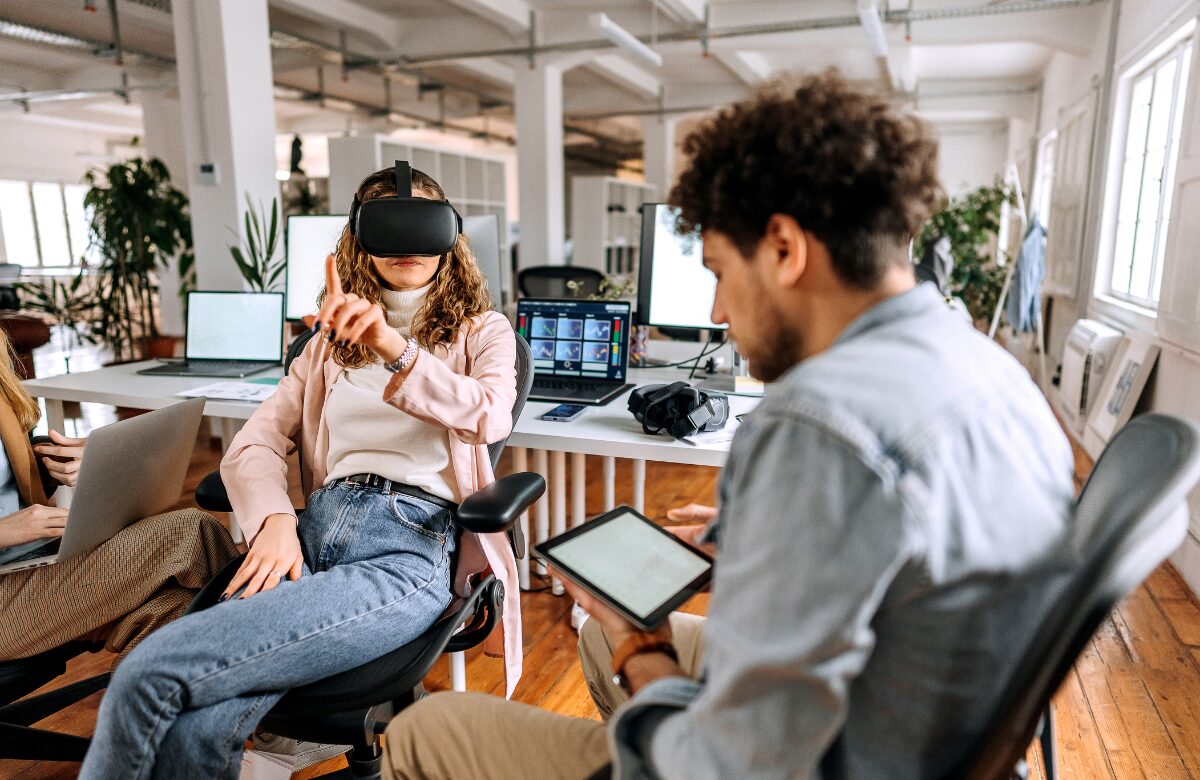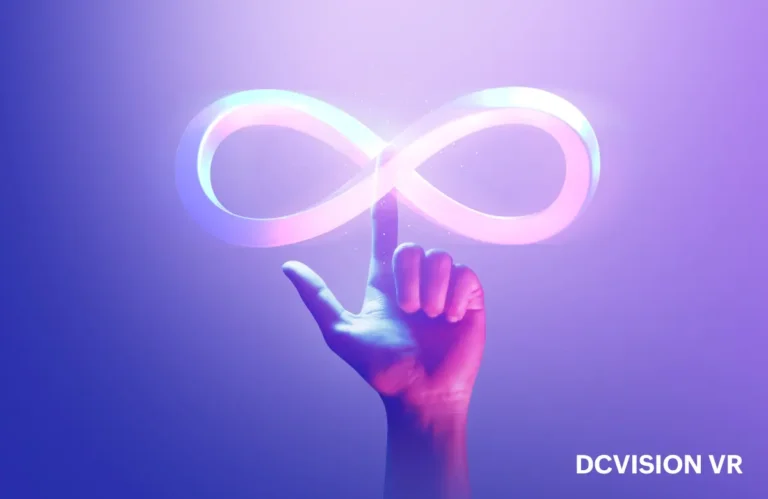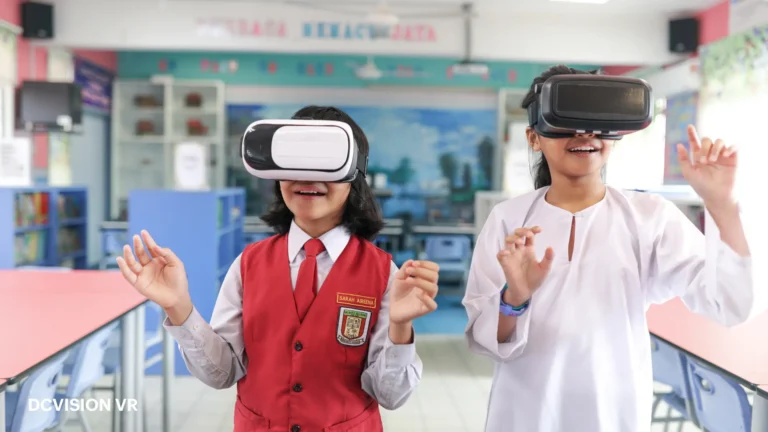

How to boost brand visibility with VR store
In today’s digitally-driven world, establishing and maintaining brand visibility is crucial for business success. As technology continues to evolve, innovative approaches are emerging to captivate audiences in new and immersive ways.
One such avenue is Virtual Reality (VR) stores, which offer a groundbreaking platform for brands to enhance their visibility and engage consumers like never before. This article delves into the strategies and benefits of leveraging VR stores to boost brand visibility.
Read also: How to get more leads and sales with VR in real estate
Understanding VR Stores
Virtual Reality stores are digital environments that simulate physical retail spaces, allowing users to interact with products and brands in a lifelike manner through VR headsets or other immersive devices.
These environments can range from hyper-realistic replicas of brick-and-mortar stores to fantastical realms limited only by imagination.
How VR Boosts Brand Visibility
- Immersive Brand Experience: VR stores provide an immersive experience transcending traditional online shopping. By transporting users into a virtual environment, brands can create memorable and engaging experiences that leave a lasting impression.
- Personalized Interactions: Through VR, brands can tailor interactions based on user preferences, behavior, and demographics. This customized approach fosters stronger connections with consumers and increases brand visibility by delivering relevant content and recommendations.
- Storytelling Opportunities: VR enables brands to tell their story dynamically and interactively. Whether showcasing a product’s journey from conception to creation or immersing users in the brand’s ethos and values, VR stores offer unparalleled storytelling opportunities that resonate with audiences.
- Global Reach: With VR, geographical barriers are eliminated, allowing brands to reach international audiences without needing physical storefronts. This expanded reach enhances brand visibility on a global scale, opening up new markets and opportunities for growth.
- Viral Potential: The novelty and excitement of VR experiences make them inherently shareable. Brands that create compelling VR stores can benefit from increased social media exposure and word-of-mouth marketing, further amplifying their visibility across digital channels.
Book a free call for VR Solution
Strategies for Success
- Designing Immersive Environments: Invest in high-quality graphics, sound design, and interactive elements to create immersive VR environments that captivate users and reflect your brand identity.
- Seamless User Experience: Prioritize ease of navigation and intuitive controls to ensure a seamless user experience within the VR store. Integrate features such as product search, customization options, and secure checkout processes to facilitate smooth interactions.
- Integration with Omnichannel Marketing: Align VR experiences with your overall marketing strategy by integrating them with other channels such as social media, email marketing, and traditional advertising. Consistent messaging across channels reinforces brand visibility and strengthens brand recall.
- Leveraging Analytics: Utilize data analytics to gain insights into user behavior, preferences, and engagement metrics within the VR store. This information can inform iterative improvements and optimization strategies to enhance the effectiveness of your VR marketing efforts.
Case Studies:
- IKEA Place: IKEA’s VR app lets users virtually place furniture and home decor items within their own space, offering a realistic preview of how products would look in their homes. This immersive experience boosts brand visibility and facilitates informed purchasing decisions.
- Tommy Hilfiger Virtual Store: Tommy Hilfiger launched a VR store that replicated its flagship Fifth Avenue store in New York City, offering users a virtual shopping experience from their homes. The immersive environment showcased the brand’s latest collections and attracted significant attention from consumers and media alike.
Conclusion:
Virtual Reality stores represent a revolutionary frontier in brand visibility, offering unparalleled opportunities to engage and captivate audiences in immersive digital environments.
By harnessing the power of VR, brands can create memorable experiences, foster stronger connections with consumers, and expand their global reach. Embracing this innovative technology is not just a leap forward—it’s a giant leap into the future of marketing and brand engagement.


